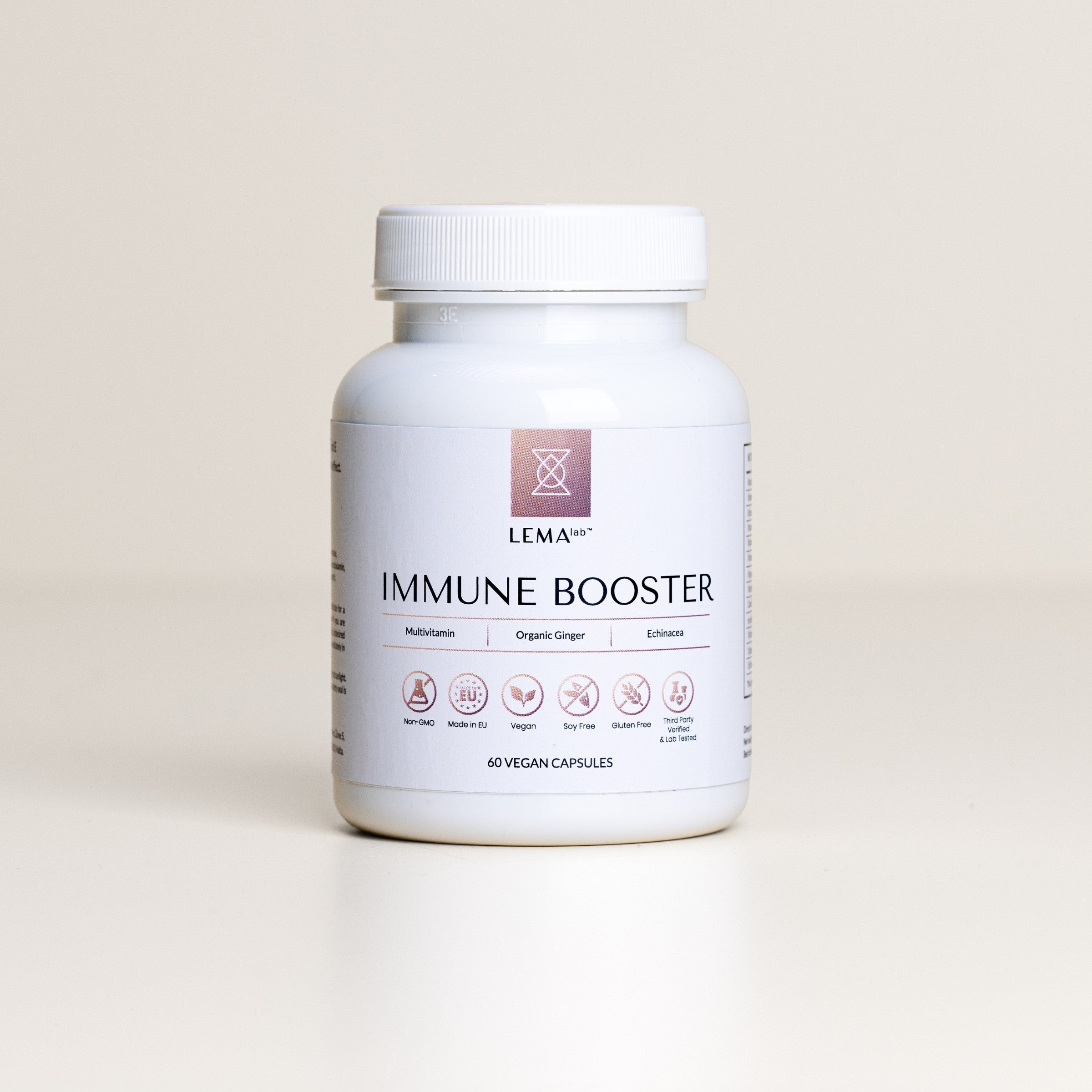
TIME-RESTRICTED EATING
Time-restricted eating (TRE) is an approach that is gaining more and more popularity among athletes and health enthusiasts. This nutrition program focuses on when to eat, rather than what to eat, which is what makes time-restricted feeding so different to diets.
INTERMITTENT FASTING VS TIME-RESTRICTED EATING
Intermittent fasting is a broad term that includes several different eating patterns. There are many ways to do intermittent fasting, including fasting for 24 to 48 hours each week. TRE is a type of intermittent fasting.
Practicing time-restricted eating means that you can only consume food during a certain number of hours each day. The eating timeframe typically ranges between 4 to 12 hours. For example, if you decide to set an eight hours eating window and want to have your first meal at 10:00, you should eat your last meal by 18:00. Unlike intermittent fasting, it is not necessary to lower your calorie intake. Even though TRE could promote weight loss, this eating pattern provides a lot more health benefits and positive impacts in the long term.
TRE AND CIRCADIAN RHYTHM REPROGRAMMING
What is Circadian Rhythm?
Circadian Rhythm refers to the physiological and behavioural rhythms that follow a 24-hour cycle. These rhythms are regulated by external signals, such as light and food. Examples of circadian rhythms include the sleep-wake cycle, body temperature cycle and hormone release cycle [1]. The body temperature changes slightly throughout the day and is usually lowest in the morning and highest in the afternoon and evening [2].
Several hormone levels fluctuate following a 24-hour cycle, including melatonin (sleep hormone), cortisol (stress hormone), growth hormone, ghrelin (hunger hormone) and leptin (the hormone that regulates energy balance by inhibiting hunger) [3].
Many factors can influence the proper function of circadian rhythm, such as stress, change in sleeping patterns, eating habits and behaviours. Circadian rhythm disruptions might result in slowed metabolism, increased weight gain and poor sleep [4].

How does TRE affect the Circadian Rhythm?
Food is one of the external factors that synchronises the circadian clock. Time-restricted eating creates rhythms on nutrient availability. When food is accessible only during certain hours of the day, our physiology and behaviour adopt rhythmic characteristics to match the availability of nutritional resources [5]. These adaptations can help you realign a disrupted circadian rhythm and promote a healthy regulation of energy intake and energy expenditure.
Note that there are two parts of the circadian clock—central and peripheral. The central circadian clock is controlled by the suprachiasmatic nucleus (SCN), which is a group of cells located in the hypothalamus of the brain, while the peripheral clock is present in almost every tissue and organ [6]. The central circadian clock, also known as the ‘master clock’, responds to light and dark signals, whereas the peripheral clock is sensitive to the rhythm of feeding behaviour [7].
Studies reveal that the rhythmic accessibility of nutrients resets the peripheral clocks in a way that has a positive influence on the immune response. In other words, TRE helps your immune system [8].
A healthy circadian rhythm is important for sleep quality, good mood, vitality, fast metabolism and health concerns prevention. Restricting your food intake to 6 to 12 hours during the day and setting regular sleeping hours can be an efficient way to enjoy a consistent circadian rhythm.

TRE AND GROWTH HORMONE
When following a time-restrictive eating program, several changes occur in your body on a hormonal level. Human growth hormone (HGH) is the most abundant hormone produced by the pituitary gland. HGH stimulates tissue growth, inhibits carbohydrates metabolism and mobilises fatty acids for energy.
Furthermore, growth hormone increases collagen synthesis in the muscles, which is important for healthy skin and joints [9]. During the fasting state (the hours when you don’t consume any food), the levels of HGH increase significantly to preserve your muscle mass [10].
This means that even though you are not building muscle with starvation, you are elevating the HGH levels. As long as you consume enough protein and nutrient-rich food during your eating window, you can build muscle and burn fat faster, thanks to the higher HGH levels.
A great way to make your diet richer in protein is to add a clean source of collagen peptides to your diet daily.

HOW TO START PRACTICING TRE
Start by setting a 12-hour eating window and gradually decrease it as you get more comfortable with fasting.
Time-restrictive eating is a simple approach, but it can provide remarkable benefits when done right. Focus on nutritious, minimally processed foods and make sure you stay hydrated. Try to have all of your meals during the daytime, in order to enhance the positive effects on the circadian rhythm.














Leave a comment
This site is protected by hCaptcha and the hCaptcha Privacy Policy and Terms of Service apply.